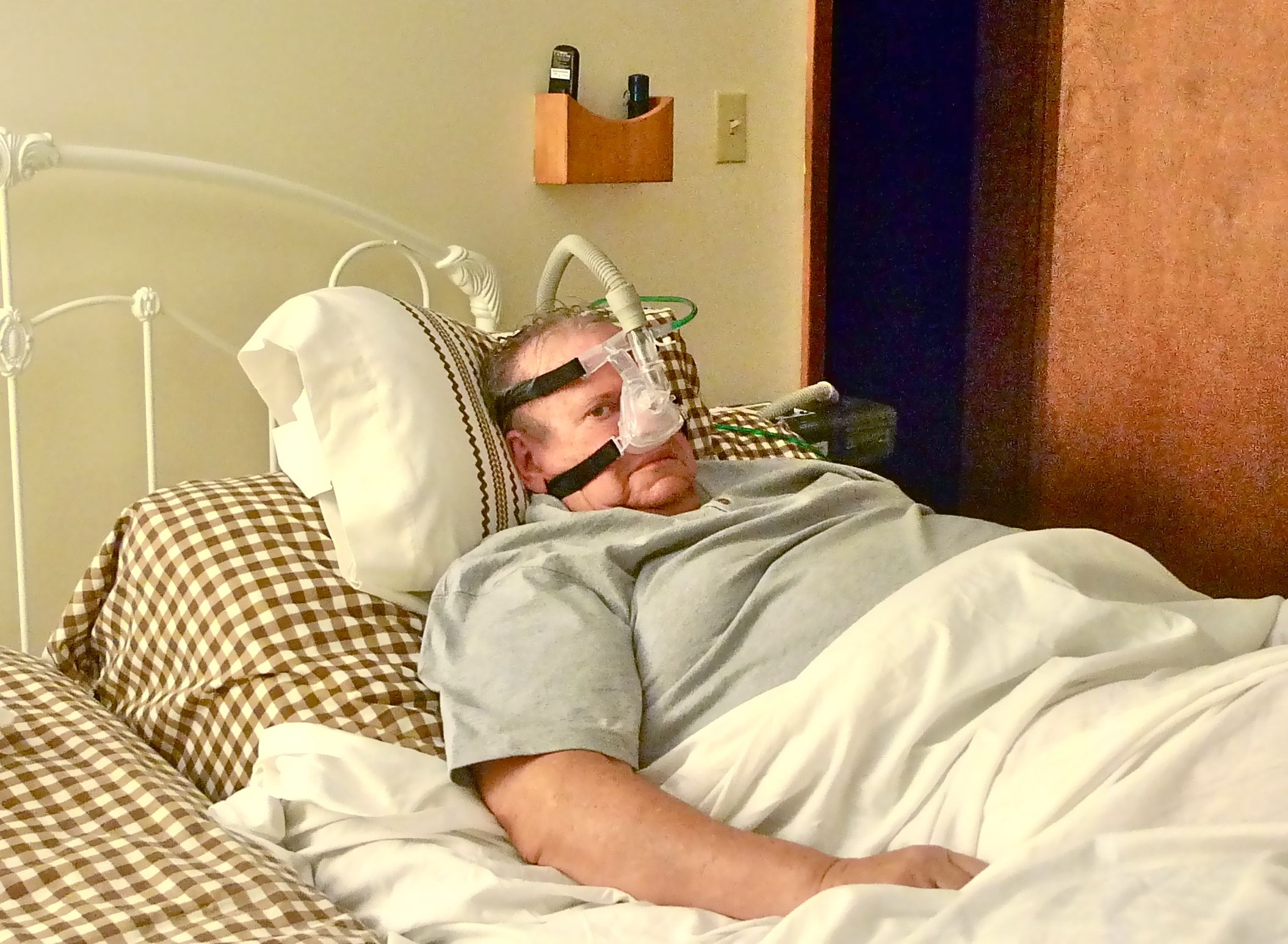One of the safest and most effective treatment options for patients with sleep apnea is the CPAP machine. With proper use, it can prevent frequent night-time waking and help sufferers feel properly rested every day. However, a CPAP mask can seem a little cumbersome at first, and many users report issues with discomfort and being unable to fall asleep. Read on to find out some of the most common problems reported by first-time CPAP users (and how to solve them).
1. Difficulty getting used to wearing a CPAP mask
Some CPAP machine users find it difficult to get used to wearing a mask, as it can feel quite unnatural to have something attached to your face at night. If this applies to you, try wearing the mask at home during the day whilst doing gentle tasks such as reading or watching TV. This will help you become accustomed to the mask and will make falling asleep with it on feel much more natural.
2. Experiencing a runny nose after using the machine
It is fairly common to experience issues with nasal mucus after using a CPAP machine, but there are a few steps you can take to prevent this. First of all, check whether your machine comes with a heated humidifier, which will alleviate the symptoms. If this doesn’t solve your problems, it may also be worth considering using a nasal saline spray before you go to prevent to stop your nose from becoming too dry. Finally, it is also a good idea to check that your mask fits snugly, as a leaking mask can easily dry out your nasal passages.
3. Taking the mask off while asleep
Many patients new to using a CPAP machine will find that they remove the mask in their sleep. This is particularly true for active sleepers that have a tendency to move around in bed. To address the issue, it may help to invest in a chin strap that will keep the device on your face. If this does not solve things, you may want to consider using an alarm to check whether the device is still attached in the middle of the night. This can gradually be set at later times in the night if you find yourself keeping the mask on for longer.

